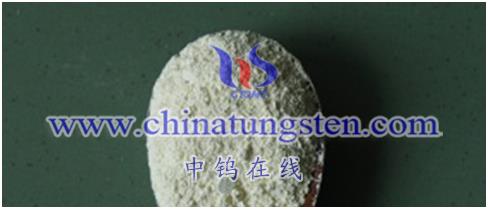Tungsten oxide (Tungsten Oxide, WO3) has good activity and application potential in the field of photocatalysis. Its photocatalytic activity can be explained by the following aspects:
Tungsten Oxide Photocatalytic Active Band Gap Structure
Tungsten oxide has a moderate bandgap width of about 2.4-2.8 electron volts (eV), enabling it to absorb a portion of the energy of visible and ultraviolet light. When tungsten oxide absorbs light energy, electrons in the band gap will be excited to the conduction band to form active electrons. These active electrons can participate in catalytic reactions.
Tungsten Oxide Photocatalytically Active Surface Defects
Defects such as oxygen vacancies, tungsten vacancies, and hydroxides often exist on the surface of tungsten oxide, which can provide additional reactive sites and promote photocatalytic reactions.
Redox Properties of Photocatalytic Activity of Tungsten Oxide
Tungsten oxide has good oxidation and reduction properties, and can participate in oxidation and reduction reactions in the photocatalytic process to realize catalytic reactions such as organic matter degradation and water splitting.
Tungsten Oxide Photocatalytic Active Electron Transport
Tungsten oxide has good electron transport properties, can efficiently transfer photoexcited electrons, and have effective electron transfer and catalytic reactions with reactants.
Based on the above characteristics, tungsten oxide is widely used in photocatalytic degradation of organic matter, hydrogen production by water splitting, photocatalytic synthesis and other reactions in the field of photocatalysis. In addition, by adjusting the morphology, crystal phase, doping and other methods of tungsten oxide, its photocatalytic activity and stability can be further improved.

More details of tungsten oxide product, please visit website: tungsten-oxide.com
Please contact CHINATUNGSTEN for inquiry and order of tungsten oxide:
Email: sales@chinatungsten.com
Tel.: 86 592 5129595






